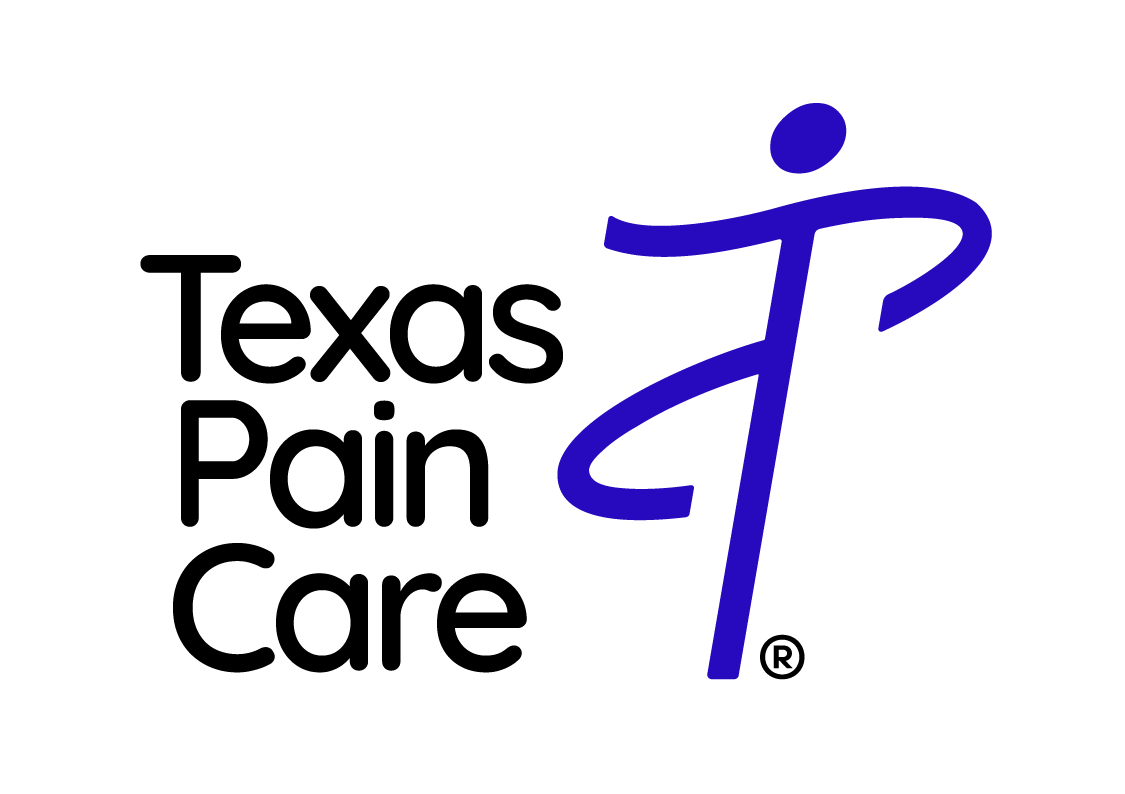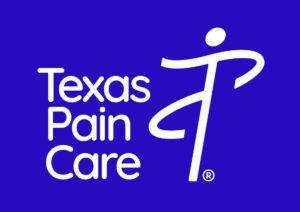
Spinal Cord Stimulator Implants are an increasingly popular option for patients who suffer from debilitating chronic pain who have yet to find any relief. If your pain has caused you to shy away from your favorite activities, miss out on certain life events, avoided situations that require too much standing or sitting, or your quality of life and ideal exercise regimen have suffered, then it’s a great time to talk to your Texas Pain Care specialist in Sugar Land, Missouri City, or Houston about the benefits of spinal cord stimulation.






